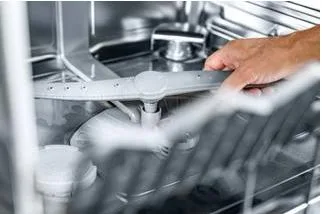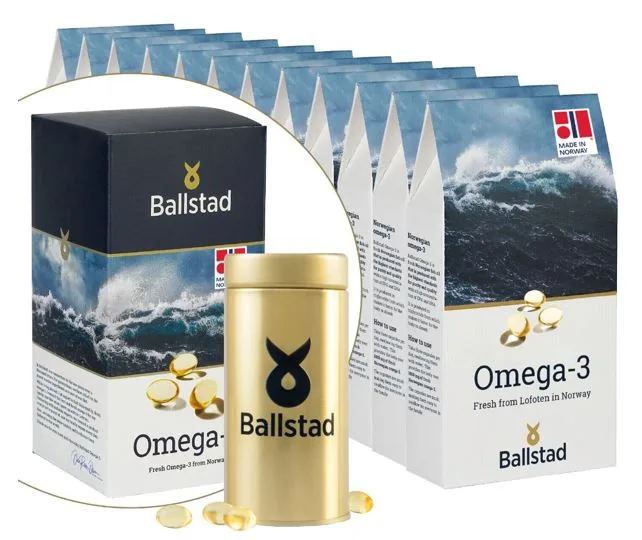How to Clean Dishwasher the Right Way?
To clean your dishwasher properly, gather rubber gloves, a soft brush, microfiber cloths, white vinegar, and baking soda. Avoid harsh chemicals.
First, remove and clean the filter with a brush. Inspect the spray arms and clear blockages with a toothpick. Remove racks, scrub with mild detergent, and check for rust or damage.
Tackle hard water deposits by running a vinegar cycle, then deodorize with baking soda. Maintaining these steps ensures optimal dishwasher performance. For detailed insights, explore further.
Gather Your Cleaning Supplies
Before you begin cleaning your dishwasher, it’s essential to gather the necessary supplies to ensure an effective and thorough job.
Start by gathering tools like rubber gloves, a soft-bristle brush, and microfiber cloths. For choosing cleaners, opt for white vinegar and baking soda, known for their natural descaling and deodorizing properties.
Avoid harsh chemicals; they can damage internal components. Assemble everything near your dishwasher to streamline the process.
If residue persists, consider a commercial dishwasher cleaner designed for heavy-duty cleaning. Check your dishwasher’s manual for any cleaner recommendations.
Troubleshoot by inspecting tools and cleaners for defects that could impede performance.
Clean the Dishwasher Filter
Starting with the dishwasher filter, ensure your machine runs optimally by removing and cleaning it regularly.
For proper filter maintenance, locate the filter at the bottom of the dishwasher. Twist it counterclockwise to unlock and remove. Rinse the filter under warm water, using a soft brush to scrub away debris—avoid harsh tools that might damage it.
Inspect for food particles lodged in crevices. If the filter’s clogged, it may cause poor cleaning performance. Reinsert the filter, ensuring it locks securely in place.
Regular cleaning techniques prevent buildup, keeping your dishwasher efficient and extending its lifespan. Don’t skip this crucial step!
Inspect and Clean the Spray Arms
With the filter cleaned and securely in place, focus next on the spray arms to ensure your dishwasher functions efficiently. Begin by gently removing the spray arms from their mounts.
Carefully inspect each arm for any food debris or mineral build-up, common culprits in spray arm maintenance issues. Use a toothpick or thin wire to clear any blockages from the holes, ensuring water flows freely during wash cycles.
Rinse the spray arms under warm water, checking again for any persistent obstructions. Once clean, reattach them securely.
For additional tips, consider watching home cleaning and appliance care programs available through platforms like IPTV subscription, a helpful source for practical, step-by-step guidance.
Remove and Clean the Dishwasher Racks
Focus on removing the dishwasher racks carefully to prevent any damage.
Begin by sliding the racks out until they stop, and check for any tabs or clips that need disengagement. For proper rack removal, gently lift and tilt them upwards.
Inspect the rollers and tracks for debris or damage, ensuring smooth operation. Once removed, examine each for rust or wear.
Use a mild detergent and a soft brush for rack maintenance, scrubbing away food particles and grime. Rinse thoroughly.
If racks don’t glide smoothly when reinstalled, lubricate tracks with a silicone-based lubricant.
Regular maintenance prevents costly replacements and ensures efficiency.
Tackle Hard Water and Odor Issues
When dealing with hard water and odor issues in your dishwasher, it’s crucial to address mineral buildup and residue that can accumulate over time.
First, remove the bottom rack and check for any visible deposits. To tackle hard water, fill a dishwasher-safe cup with white vinegar and place it on the top rack. Run a hot water cycle to dissolve minerals.
For odor removal, sprinkle baking soda across the bottom and run another cycle. If odors persist, inspect the filter for trapped debris and clean it thoroughly.
Regular maintenance can prevent buildup, ensuring your dishwasher operates efficiently and smells fresh.
Frequently Asked Questions
How Often Should I Deep Clean My Dishwasher?
You should deep clean your dishwasher every 3-6 months as part of your dishwasher maintenance schedule. Regular deep cleaning prevents buildup and improves performance. If you notice odors or residue, troubleshoot by cleaning more frequently.
Can I Use Bleach to Clean My Dishwasher?
You’re wondering about bleach safety for dishwasher maintenance. It’s not recommended. Bleach can damage stainless steel parts and seals. Instead, use vinegar or baking soda. If persistent odors or stains occur, troubleshoot by checking for blockages and cleaning filters.
Are There Eco-Friendly Cleaning Alternatives for Dishwashers?
You’re wondering about eco-friendly cleaning alternatives for dishwashers. Use baking soda to deodorize and scrub away grime. Citric acid effectively tackles limescale. If residue persists, run a hot cycle with these ingredients separately for optimal results.
What Signs Indicate My Dishwasher Needs Cleaning?
You’re wondering if your dishwasher needs cleaning. Look for signs like foul odors, which suggest trapped food particles, or clogged filters, which reduce efficiency. Regularly inspect and clean these components to maintain optimal performance and hygiene.
Is It Safe to Use Vinegar in My Dishwasher Regularly?
Using vinegar regularly in your dishwasher has benefits like removing odors and mineral buildup. However, vinegar risks include damaging rubber seals. It’s safe occasionally, but frequent use isn’t recommended. Monitor rubber parts for wear to avoid issues.






